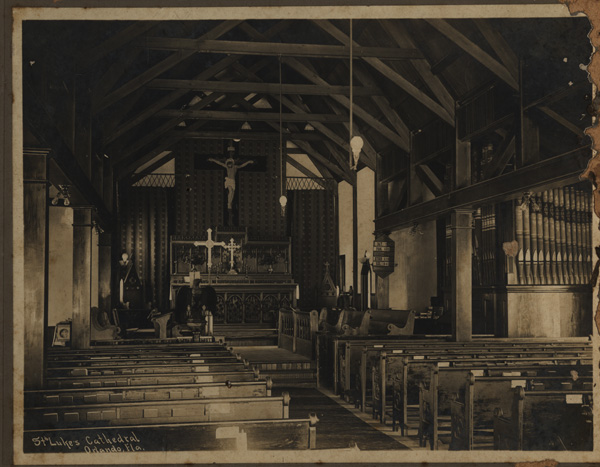THIS ARTICLE WAS FIRST WRITTEN FOR AND PUBLISHED BY BREAKPOINT.
As a kid in church I remember singing, ad nauseam, “I’ve got that joy, joy, joy… where? Down in my heart.” So, one day I prayed that Jesus Christ would come into my life, but then I wondered where he would live. And my childlike theology answered, “Oh, right. Down in my heart.”
As I grew to an adolescent, I asked a Sunday School teacher how I would know God’s will for my life, particularly the important things like whether I should date Lindsay, from the 9th grade, and he told me, “Pray and you’ll know in your heart what God wants you to do.”
Now, it’s easy to poke fun at this kind of thinking, but this focus on my heart as an essential and precious lesson for any young Christian. It is a lesson evangelicalism teaches well in its songs, prayers, preaching, and culture. It’s one I’m grateful to have learned.
Unfortunately, in my context, this lesson was matched with an equal disinterest in anything outside of my heart. The physical stuff around me, for example, was apparently going to hell in a hand-basket, and Christians were just a-passin’ through this world on our way to heaven. We learned that if we turned our eyes on Jesus, the things of earth would “grow strangely dim.”
In other words, by age ten, I was a Christian with a more or less Gnostic understanding of the Christian faith. As I saw it then, my relationship with God belonged to the spiritual, not the physical, world.
Christ In My Mind
Eight years later, I attended a Christian college where I was introduced to Christian thinkers like C.S. Lewis, John Piper, and the Westminster Divines. I experienced a new (and needed) lesson about faith that A.W. Tozer sums up well in his often-quoted line, “What comes into our minds when we think about God is the most important thing about us.”
Majoring in Bible, I took courses on epistemology and theological method, and participated in late-night dorm room discussions on the Five Points of Calvinism. It was invigorating and fresh and I was happy to be exercising these new “muscles” in the mental gymnastics of theology. In fact, this brave, new, intellectual world of Christianity gave my faith a new lease on life, especially since my typically tumultuous adolescent experience had left me cynical of my “heart.”
By the time I got to seminary my heart loved Jesus, and my mind wanted to know Him, but the rest of me, and the rest of the world, was still nowhere to be found in my faith. The gnostic dualism of physical against spiritual was very much alive.
Christ In Ten Thousand Places
Near the end of seminary, I read the late Eugene Peterson’s book, Christ Plays in Ten Thousand Places. The book’s words deeply impacted me. Peterson took his title from this poem by Gerard Manley Hopkins:
I say móre: the just man justices; Keeps grace: thát keeps all his goings graces; Acts in God’s eye what in God’s eye he is — Chríst — for Christ plays in ten thousand places,
Lovely in limbs, and lovely in eyes not his
To the Father through the features of men’s faces.
[To hear a great conversation between Eugene Peterson and Ken Myers about Peterson’s book, go here.]
Also, around this time, I began visiting churches whose liturgies reflected the more embodied theology and practices of the ancient Church. The sensory experiences of liturgical worship matched what I had learned from Peterson: Jesus Christ is not just in my heart and mind; He’s in my body, and in ten thousand other physical places in this world, “Lovely in limbs, and lovely in eyes not his.” Wasn’t this the point of His incarnation?
Altogether, this meant that, finally, for the first time in my Christian life, the existence of the physical world was no longer extra, or mundane, or some kind of danger to my spiritual life. Instead, I realized, it was sacramental, full of the grace and meaning given to it by Christ’s incarnation! All water suddenly became a reminder of my baptism. All bread and all wine were now reminders that God became man to make all things- visible and invisible- new.
In the end, my journey of discovering Christ in ten thousand places found its way into a song. You can hear it below.






